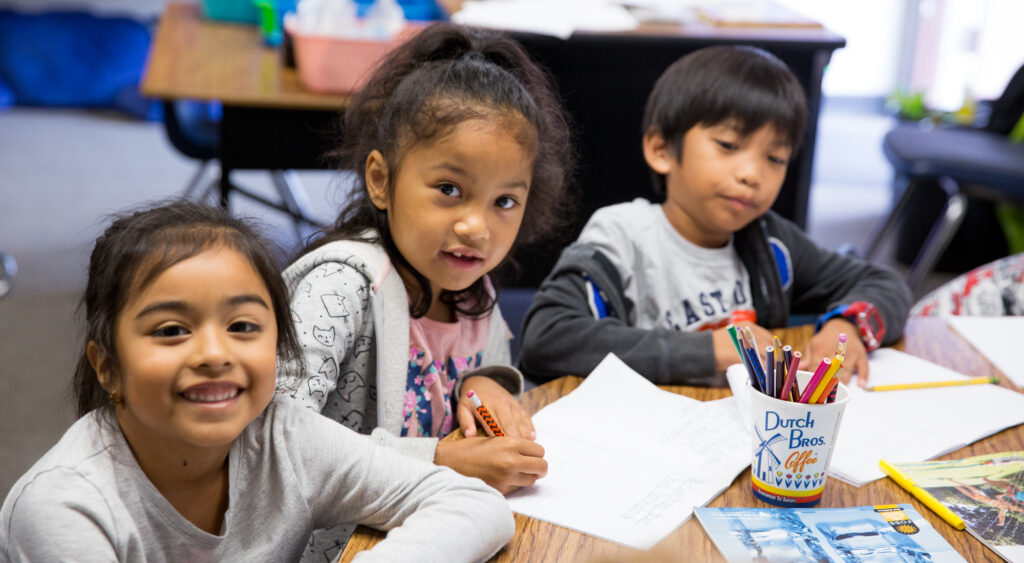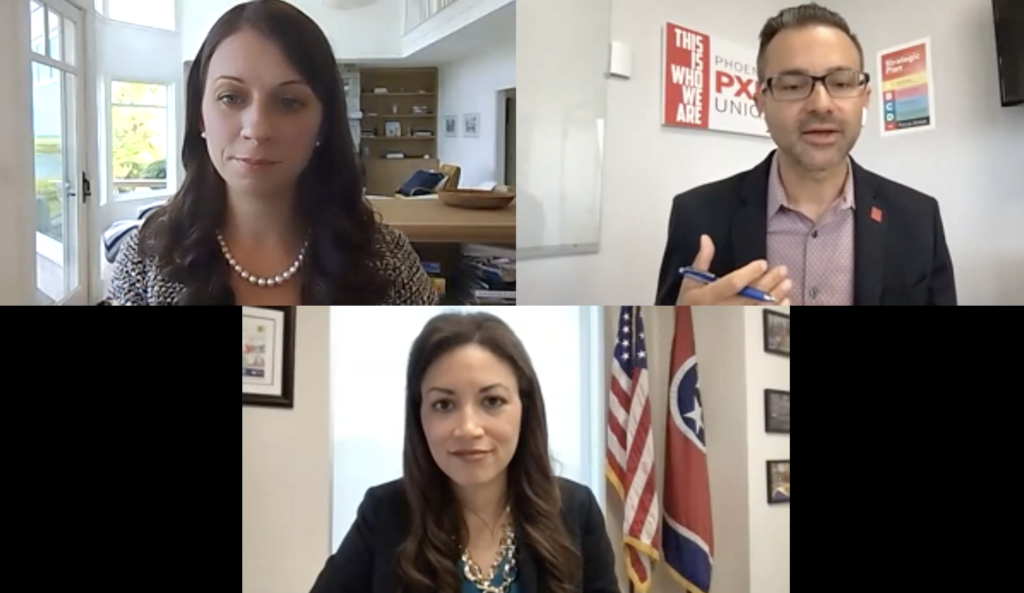We’re living in a time of tremendous technological change. In the next five years, another billion people will gain access to the internet. By 2020, 80% of the adults on Earth will have a smartphone, double what it is today. [1]
We started the Seed Fund to seek out those places where technological change might be leveraged to improve education, and there is much to improve about our current system. One of the most troubling trends of the last decade is the decrease in educational mobility. As a country, we are doing worse than most at educating our neediest kids which now account for just over half of public school children. [2]
For our neediest children, the problems are cumulative. A series of school failures and missed opportunities add up to an education of accumulated disadvantage, a reverse Matthew Effect of sorts. Our team is focused on how technology can be used to reduce and even eliminate these obstacles so that our school system is an escalator to opportunity for all.
We’ve invested in over 40 teams scaling ideas to improve our education system by empowering students, educators and families with the best tools technology has to offer. Through this lens, we share our second ReImaginED deck. Inspired by KPCB’s Mary Meeker’s widely shared Internet Trends deck, we set out to expose data about our K-12 education system and highlight some of the innovations in education technology. The goal of this deck is to draw out high level trends so it doesn’t include the human stories on the other side of these numbers and charts, see here for some of those. [3]
In ReimaginED 2015 (building off the original published over a year ago), we review the latest systemic challenges, landscape shifts, and emerging innovations that are helping to solve these problems.
Let us know about other innovation trends you are seeing in the comments below or by sharing this on twitter, #Reimagined2015.
Footnotes:
- http://ben-evans.com/benedictevans/2014/10/28/presentation-mobile-is-eating-the-world
- Children eligible for free and reduced lunch, a proxy for poverty, peaked this year at 51% according to the National Center on Education Statistics.
- Last month we sent a crew out to Texas and PA to capture a couple of these stories here.


